Growing ampelous dichondra from seeds for home and garden
Dichondra ampelous is a plant that appeared in Russia only in 2004 and has already become popular with many gardeners. Growing from seeds is a tricky but good method of producing a strong plant that can decorate any area with flowing emerald streams of vines.
Description and growing from seeds
Dichondra ampelous (bindweed family) has 10 species. In Russia, gardeners cultivate 2 of them: silver and emerald. A plant with an outlandish color and structure, unpretentious and does not require a lot of effort to care for - therefore, it is very popular both among landscape designers and ordinary flower growers.
Dichondra can be propagated and planted in several ways:
- by planting seed;
- vegetative method (cuttings).
Using the first method will require more time and effort.
Growing from seeds is not a quick and painstaking process, but if you take into account the price of cuttings and the scarcity of planting material due to the low popularity in the country, then seed reproduction is the main method. Work on decorating the site with a waterfall or a gazebo - a plant screen will have to start in winter, it will take over 100 days for the first sprouts of a vine to appear.
Factors affecting germination
It is important for gardeners to know the main reasons and factors for getting more sprouts:
- quality of seed material: if, upon opening the package, you find damaged, dried seeds, be sure to return the goods to the seller and go to another store;
- properly prepared soil, taking into account the characteristics of the plant;
- comfortable conditions for the development and growth of dichondra. It is important to take into account the level of moisture in the soil and air in the seedling box, as well as the lighting of the seedlings.
Sowing seeds is done in the same way as sowing any vegetable crop or flowers. For this, first of all, it is necessary to prepare the ground. Take ready-made soil for flower seedlings or mix in a 1: 1 ratio of sand and the top fertile layer of earth. In any case, it is better to cook the ground until frost.
Seeds, if untreated, are recommended to be soaked overnight in a water solution with any growth promoter, but generally the seed is supplied ready for planting.
Now you need to prepare the planting containers. Usually wooden or plastic boxes are used. In the bottom, it is better to make several holes to remove excess water, put drainage in a lower, thin layer (for example, expanded clay, which is sold in garden and hardware stores). Next, the soil mixture is poured, a small space must be left on top so that when watering the seedlings, the water does not flow over the edge.
Planting and leaving:
- It is necessary to make rows in the ground, 5-7 mm deep, water and plant the seeds of the plant, then sprinkle with a layer of earth.
- From above, you will need to cover the boxes with glass or wrap them in plastic bags. Such manipulation will maintain a constant optimum temperature and humidity for the seeds.
- It is important to place the future seedlings in a room where the temperature remains at + 25 ° C.
- The first shoots of dichondra appear already on the 10th day. Now you can remove the film or glass from the seedling containers.
- Keep the soil loose and moist at all times. But it is also not recommended to water the seedlings often. It is better to moisturize with a spray in the morning or evening. It is unacceptable for the sun's rays to hit moist delicate leaves.When caring for seedlings and removing small weeds, it is necessary to wait for the appearance of 2 main leaves.
- Then the seedlings are dived and planted in separate pots. It is important that the section of the pots is 100 mm or more. Below is a tray for the drain of excess water after watering (one common or individual for each pot).
- It is necessary to ensure that the light reaches each plant evenly, so the bushes will have to be rearranged in a large tray and the freestanding shoots must be rotated.
If you are preparing dichondra for the home, it makes sense to dive the sprouts immediately into large pots and place the future pots in place. But for planting with seeds of an ampelous plant, you will need to perform a number of additional operations for growing vines in the open field.
Top dressing
During the development of the sprouts, it is important to feed them several times with the help of special ready-made solutions for ornamental crops. After planting, fertilizers are applied to the site every 10-14 days. It is necessary to process seedlings with nutrient solutions until the end of September.
The foliage of the plant should always be dense, have a rich, rich color. For these purposes, mineral fertilizers are applied several times during the season: potassium and nitrogen. The plant reacts to feeding with these substances with the rapid development of beautiful vines.
Planting seedlings in open ground
To ensure normal conditions for the growth and development of ampelous dichondra, growers need to know the rules for planting shoots in open ground.
Basic requirements for the site
Dichondra is a thermophilic plant and grows in moist soils. Florists should know: the minimum temperature required for the development of vines is 16 degrees above zero. Therefore, it is better to plant the plant on the south side of the site.
The sun's rays are the basis for the growth of dichondra. It is not recommended to move seedlings to shaded areas. If you are going grow seedlings of the silvery waterfall, then pay special attention to this factor. If the vine is planted at home, it is better to place the pots on the sunny side of the building, providing normal conditions for the life of the plant.
For planting lianas with emerald green leaves, photophilousness is not the main property. If such varieties of dichondra are planted in a slightly shaded place, they will develop normally. Still, the growth of a bush in dense shade will cause stretching of shoots and shredding of leaves. Liana will appear bald.
As for the soil, the vines take root even on the weakest soil. The best soil is slightly acidic loam with a good drainage layer. Water stagnation at the roots should not be allowed, otherwise rot begins, the plant does not receive sufficient nutrition and dies.
Planting in open ground
Transplanting into open ground is carried out at least 2 months after planting seeds for seedlings. To get a good strong adult bush, it is enough to plant at least 3 seedlings in a suspended pot. With further development, they sag and sink to the soil, take root and give young shoots.
The root system develops, the liana becomes dense, with many cascading waterfall streams. Under normal conditions, this happens after 50-60 days. The first year will not allow you to enjoy a beautiful bush for a long time, but an already overwintered plant can be planted on the site immediately after the soil warms up.
Important! When planting a liana, maintain a distance between bushes of 300 mm.
Basic maintenance operations on the site
To grow a beautiful, healthy, with a large number of shoots of ampelous dichondra, it is important to know and understand the biological feature of the vine:
- First of all, this concerns the minimum temperature during development: it should be at least 18 °, but the plant does not like extreme heat either.
- Dichondra is a marsh plant, so it has high requirements for air and soil moisture.Spraying warm water on the vine at least 2 times in 7 days will help ensure rapid growth and coloring of foliage in juicy, fresh colors. At high temperatures, spraying will need to be done every day. In planters and around the vines, the soil should have a sufficient layer of drainage and mulch. In this case, frequent watering at the root is not needed.
Possible diseases and pests
Future owners of ampelous dichondra will not need to carry out frequent treatments of vines from diseases and pests: the plant is resistant to them. But in case of defeat of a disease unknown to date, the problem can be solved simply and quickly. To do this, you will need to use unaffected parts of the bush, which are simply transplanted to a new, safe place. Many growers do this, growing the plant as an annual, planting cuttings every year.
To protect vines from possible diseases and at the same time for feeding, it is recommended to use the ready-made Ideal fertilizer. By alternating spraying with a solution and applying nitrogen fertilizers no more than 1 time in 14 days, you get a protected and well-developing plant with a lush crown. This treatment, together with the rest of the care operations, will allow the dichondra to grow for 7 years.
In conclusion, a few tips for keeping the plant in winter. To preserve an adult dichondra, you will need to allocate a bright room in a house or apartment and bring vines into it for the winter. In winter, you should not often water the liana, high humidity of the earth in the flowerpot is not allowed. It is better to spray the bushes with warm water, such care is quite enough for the development of the plant. Dichondra emerald waterfall and silvery will winter well and be able to decorate your site again.
It is not at all difficult to create a living curtain on a gazebo or veranda, given the origin of the ampelous dichondra from a swampy area. The main difficulty is getting good planting material. The easiest option is to ask your friends who are already growing a green waterfall. To nurture dichondra from seeds will require a lot of patience and at least 60 days of care. The rest of the vine is unpretentious and will gladly grow both in the apartment and in the garden.
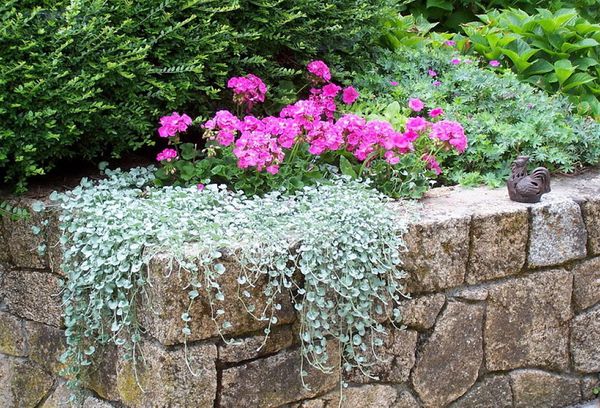
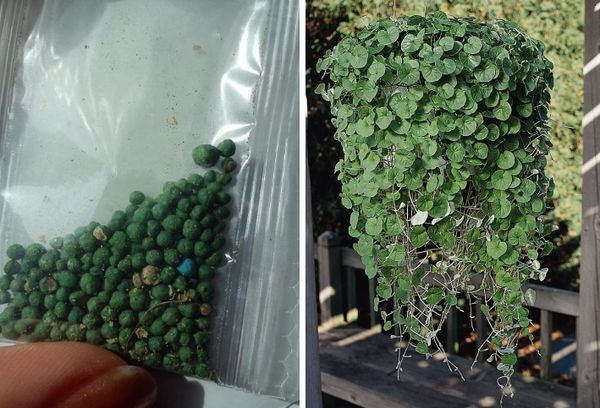
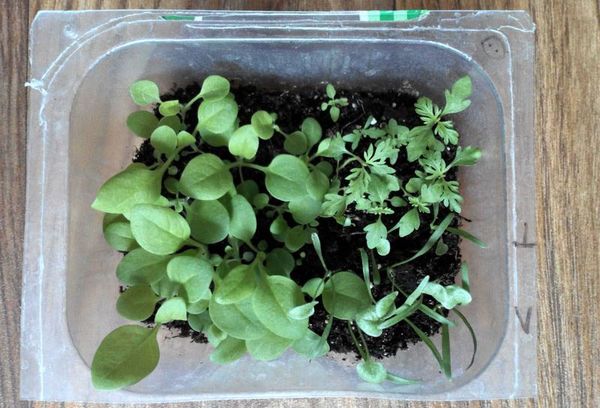
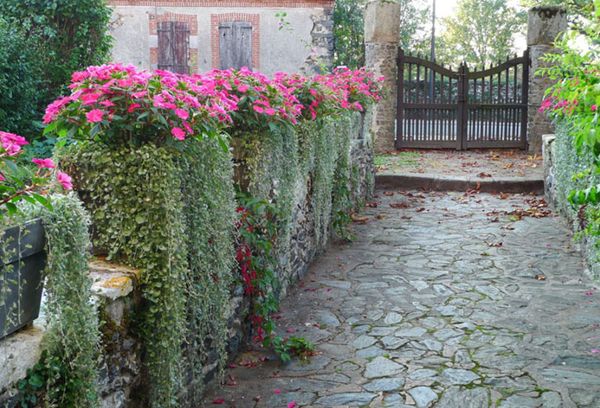
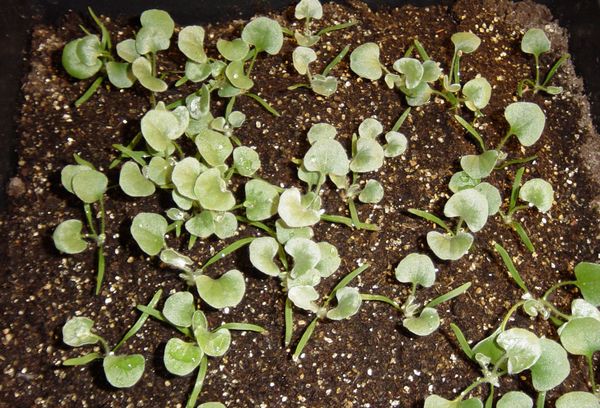
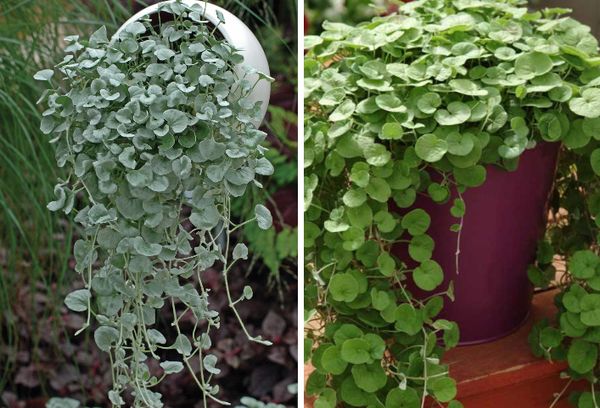
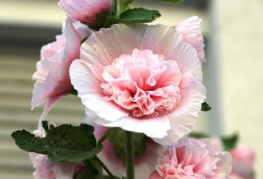
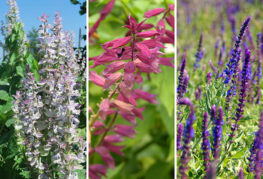
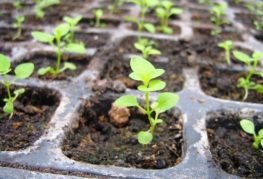
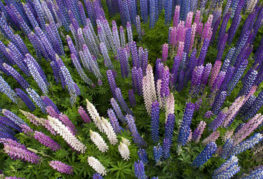
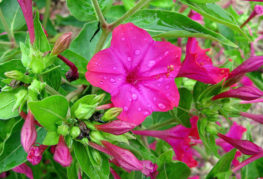
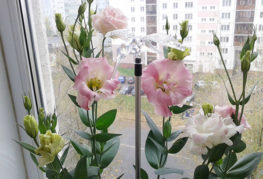
and will be published shortly.